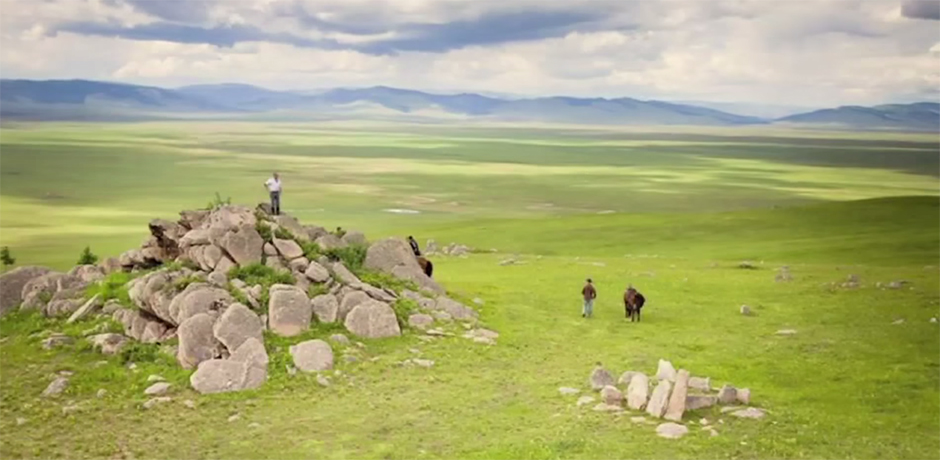News Release

Aerial image of Mongolian region during UCSD expedition that included a crowdsourcing challenge with NASA and TopCoder.
September 13, 2013
Calit2 Research Scientist Albert Lin Teams with TopCoder, NASA
In a partnership to accelerate how NASA assesses planetary imagery, a crowdsourcing effort led by UC San Diego research scientist Albert Yu-Min Lin is central to a new challenge as programmers worldwide are invited to develop a machine-learning algorithm to match human perception in picking out interesting features in satellite imagery. While the images come from Lin's search for the lost burial site of Genghis Khan, a new algorithm could help NASA scientists decipher images of distant planets. Albert Lin's research has taken him into the most remote regions of the world, has led to industry- changing innovations and has expanded the role of media in science. The effort he is most known for, the Valley of the Khans Project, is a high-tech ground-, aerial- and satellite- based, remote sensing, non-invasive search for the tomb of Genghis Khan that was featured in a one-hour National Geographic Channel documentary film, "Forbidden Tomb of Genghis Khan," which he also narrated. The effort earned him recognition as National Geographic Adventure Magazine's "2010 Readers Choice Adventurer of the Year" and the 2011 Lowell Thomas Medal for Exploration from New York-based Explorers Club.
